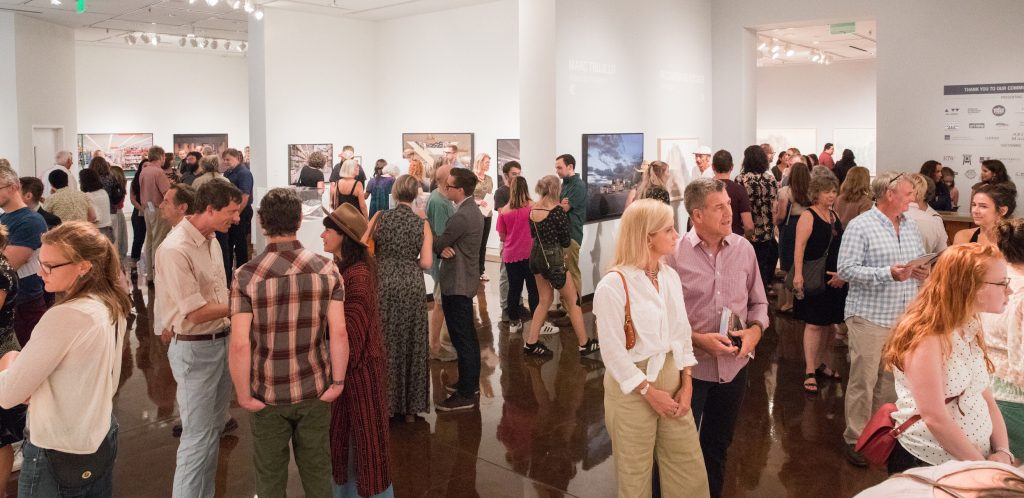

“Oft Unseen: Art from the Lodge and Other Secret Societies,” presents the art, artifacts, and ephemera of the Freemasons and other fraternal orders. The exhibition offers a rare glimpse into the visual components of these mysterious and commonly misunderstood organizations. While not all of the groups presented in this exhibition consider themselves secret societies they can all be considered societies with secrets and proprietary knowledge. Freemasonry traces its roots back to the practitioners of stonemasonry during the middle Ages and, according to some, further back to the builders of King Solomon’s Temple. Modern Freemasonry, as a “fraternal organization,” commenced in London 1717 and continues today.
Numerous luminaries of American history, including George Washington were practicing Masons. Freemasonry’s symbols and influence have extended far beyond the walls of the physical “Lodge” and continue to permeate numerous aspects of our collective material culture and social landscape. They can be readily found in currency, corporate logos, governmental seals, and peaking out from other visual corners of our daily lives. Yet much of their significance and meaning remains veiled to most. This exhibition offers a glimpse at some of these symbols in their native context and offers some commonly accepted interpretations of their meanings.
Oft Unseen presents material from the Masons and a host of other fraternal societies including the Odd Fellows, Woodmen of the World, Knights of Pythias, Knights of Malta, Knights Templar, The Ancient Mystic Order of Samaritans, The Grange, and others. Most, if not all of these parallel Lodges, were formed on, or in reaction to, the Masonic model. Many of these societies no longer exist, while others like the Freemasons and the Odd Fellows continue to this day. What remains from them all is a vibrant and unique visual record.
By the turn-of-the-20th century there were over 300 different types of fraternal organizations in America boasting over six million members. The majority of items in this exhibition are drawn from this golden age. While fraternalism has seen numerous ups and downs in its’ popularity, at no other time in American history was the fervor as intense, or the orders as numerous, varied and esoteric. During this era, Scottish and York Rite Freemasonry and the Odd Fellows adopted a theatrical approach to ritual, with elaborate sets, paraphernalia and drama. Some of the surge in popularity between 1875 and the 1920s can be attributed to this approach, as well as the appeal of relaxed conviviality, solemn ritual and social status conferred by these groups.
While symbolism, allegory, and regalia had all been crucial facets of fraternalism, they took on even greater significance when incorporated into this emerging pageantry. They began to combine traditional recitation, regalia, and ritual with new practices. Within the theatrical arts, these groups pioneered lighting, sound, and projection techniques. They also employed the artistry and imagination of local craftsmen and women in the creation of painted backdrops, elaborate props. One can imagine the power of this spectacle to transfix a man of the late nineteenth century, before it’s impact had been diluted by the miasma of electronic and digital wizardry we know today. Regardless of their seeming disappearance from the culture, these groups deposited layers of rich visual artifacts that evoke images of lost civilizations, archaic languages, and sacred and mystical knowledge.